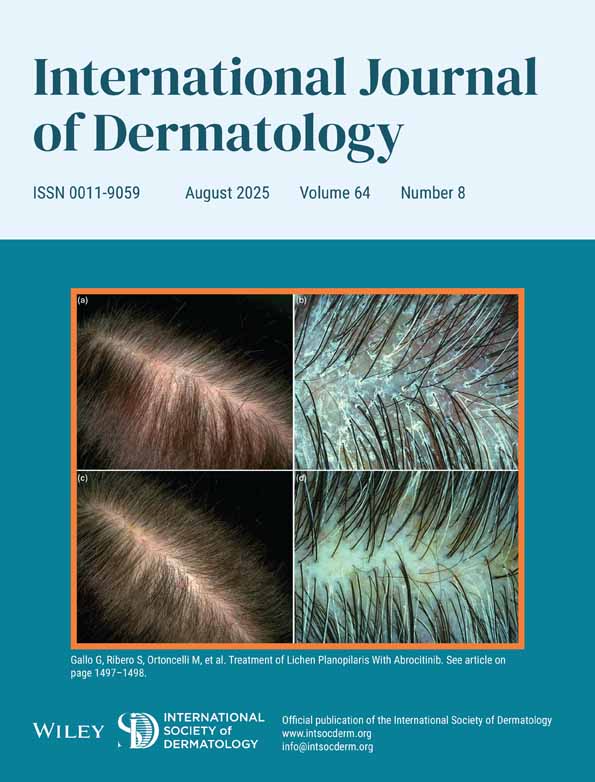LEISHMANIASIS RECIDIVA CUTIS IN AMERICAN CUTANEOUS LEISHMANIASIS
Supported by National Institute of Health, UNDP World Bank, WHO, TDR Grant 30639, and by Brazilian National Council of Research (CNPq).
Abstract
Background. Leishmaniasis recidiva cutis (LRC) consists of active lesions around or inside the scar of classical cutaneous leishmaniasis (CL). In the literature it is considered as an hyperergic form of CL because the patients show a strong response to intradermal testing with leishmania antigen and, histologically, the parasites are scarce or absent; a well-organized granuloma is always observed.
Methods. Three patients from Bahia (Brazil) with LRC were evaluated by clinical examination, biopsies, skin tests with leishmania antigen, serology, and culture. In addition, a specific lymphocyte blastogenesis test was done and the species of leishmania characterized.
Results. The disease was caused by both L. amazonensis and L braziliensis and serological titers varied from 1/16 to 1/64. The patients presented histologic and immunologic aspects different from those referred to in the literature. From four biopsies obtained only two presented a granulomatous reaction and parasites varied from absent to a parasite index 3. In one patient an absence of T cell response to leishmania antigen was observed in the first evaluation with restoration of the response after cure. In the other two, the degree of the specific proliferative response was lower than that usually observed in patients with classical CL.
Conclusions. These findings indicate that New World LRC can not be considered a hyperergic form of CL. With respect to its clinical aspects and response to treatment, LRC must be considered as an entity different from the classical CL.




